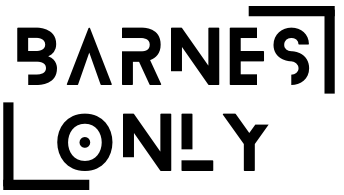Tennis shoes are essential for playing the game. They not only provide comfort and support but also allow players to move quickly and confidently on the court. It’s important to understand the anatomy of a tennis shoe to make an informed decision when buying one. Here is what you need to know about breaking down the anatomy of a tennis shoe:
Upper – The upper is the top part of the shoe that covers the foot. It is usually made of synthetic materials, mesh, or leather. Synthetic materials are durable, lightweight, and easy to maintain. Mesh provides breathability, keeping the foot cool and dry during play. Leather is sturdy and provides support and stability. The upper should fit snugly, but not too tight, to prevent the foot from sliding around inside the shoe.
Toe box – The toe box is the area of the shoe that covers the toes. It should be spacious enough to allow the toes to move freely but not too loose that it affects the player’s stability and comfort. The toe box should also be reinforced to protect the foot from possible injuries during intense rallies.
Midsole – The midsole is layer between the upper and the outsole and provides cushioning and shock absorption. The material used for the midsole is usually made of EVA (Ethylene Vinyl Acetate) foam or AIR. A good midsole absorbs impact and distributes it evenly as the foot strikes the ground, which reduces the risk of injury.
Outsole – The outsole is the bottom part of the shoe that makes direct contact with the court surface. It is usually made of durable rubber that provides grip and allows for quick pivots and lateral movements. It should also have a herringbone or zigzag pattern for better traction on both hard and clay courts.
Insole – The insole is the removable layer that provides extra cushioning and support to the foot. It is usually made of foam and can be replaced with an orthotic if needed.
Lacing system – The lacing system should be firm and tight, giving players the ability to adjust it according to their desired level of support and comfort. The laces should also be durable to prevent breakage during intense play.
Collar and heel – The collar and heel provide support and cushioning to the ankle and heel areas. A good pair of tennis shoes has a padded collar and heel that fits securely without causing any friction or discomfort.
In conclusion, understanding the anatomy of a tennis shoe is crucial in choosing the best pair for playing the sport. The upper, toe box, midsole, outsole, insole, lacing system, collar, and heel all play a significant role in providing stability, support, and comfort. Investing in a high-quality tennis shoe will not only improve your game but also prevent injuries from long-term wear and tear.

